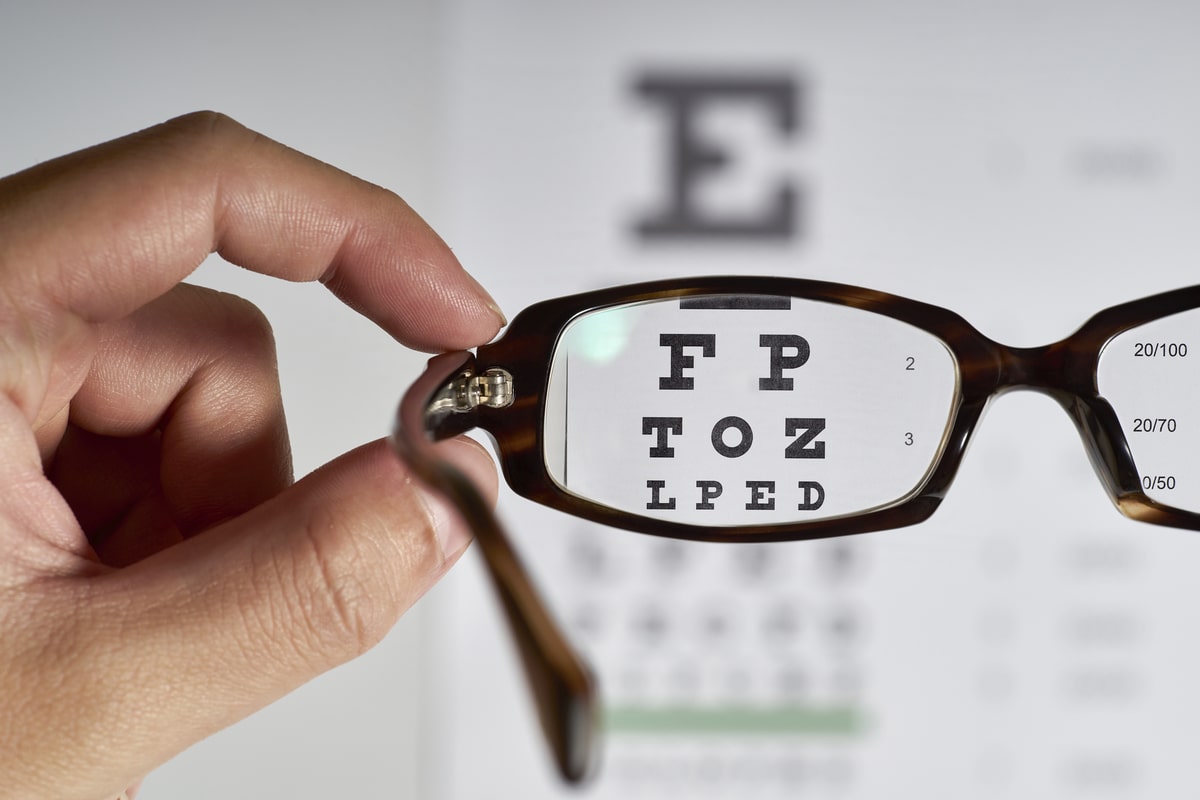
How to understand your eyeglass prescription?
If you looked at your recipe, you must have wondered what these numbers and symbols mean. Some of the recipes may be for long-distance viewing, the others for reading, office, or progressive lenses.
Date of prescription
The duration of the prescription is not strictly defined. Its relevance depends on many factors, such as your age, the degree of the underlying visual impairment, the presence of concomitant disorders, the course and nature of common diseases, and the use of certain medicines. Doctors recommend checking the eyesight and the relevance of the prescription at least once a year. If you have a prescription but don’t wear glasses according to it for more than 3 months, then before ordering glasses, it’s advisable to clarify your vision parameters again.
Basic parameters and their interpretation
1. OD and OS – right and left eye
Each recipe starts with this parameter. It is the designation of the right and left eyes in Latin, where O means oculus, that is, “eye”, D – dexter (“right”), and S – sinister (“left”). Thus it is:
• OD – right eye;
• OS – left eye.
Sometimes, instead of Latin designations, English ones are used – R (that is, right) for the right eye and L (left) for the left.
2. SPH – sphere
The SPH parameter indicates the optical power. They measure these indicators in diopters.
Here is the type of lens. The doctor prescribes scattering lenses, that is, minus lenses, with myopia. A “-” sign precedes the number in this case. You need converging lenses for farsightedness. They are marked with a “+” sign in the prescription.
3. CYL – cylinder
The doctor writes CYL parameters in cases where the patient has astigmatism. Then he is prescribed special cylindrical lenses, and the numbers in the prescription indicate the optical power of the cylinder. If there is a minus in front of the numbers, glasses correct myopic astigmatism. If plus – for hypermetropic astigmatism. It is also possible to correct mixed astigmatism. Then the prescription will contain both a minus and a plus.
4. AX-axis
AX, that is, Axis, in Latin means “axis”. This parameter indicates the position of the cylinder axis. They mark it in degrees – from 0 to 180. It is filled in only if the doctor recommends glasses with astigmatic lenses to the patient.
5. Pr – prism
The doctor prescribes prismatic glasses in cases where the patient has a binocular vision violation. They need lenses with prisms for strabismus most often.
Specialists indicate optical power in diopters.
6. PD – pupillary distance
It denotes the distance between the pupils’ centers. They measure this parameter in millimeters. When ordering lenses with a complex design, PD is prescribed separately for each eye.
7. ADD – addition
The added factor is considered when creating glasses with several optical zones – for work at close, medium, and long distances.
Addition indicates the diopter difference between these zones. For example, diopters are indicated for correcting vision at long distances. To find out what diopters are needed for correction at close distances, add the additional factor.
Now you know how to decipher a prescription for glasses or lenses. However, remember that doctors recommend confirming or updating the recipe periodically. Vision may change, especially if your work involves prolonged computer use or small details. Age-related changes can also affect eyesight after 40 years. Doctors recommend undergoing an annual check-up with an ophthalmologist.



